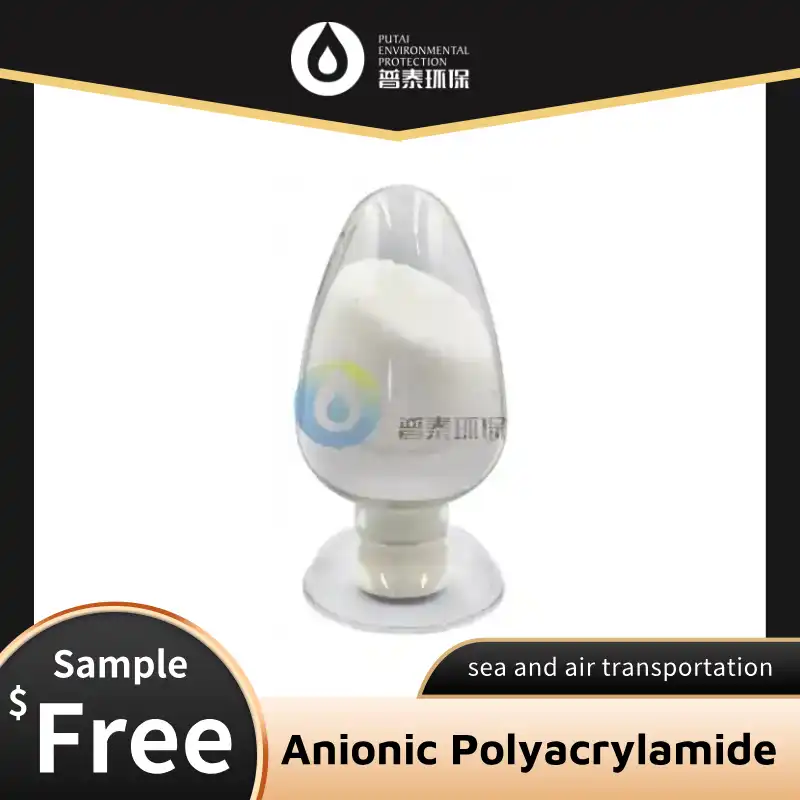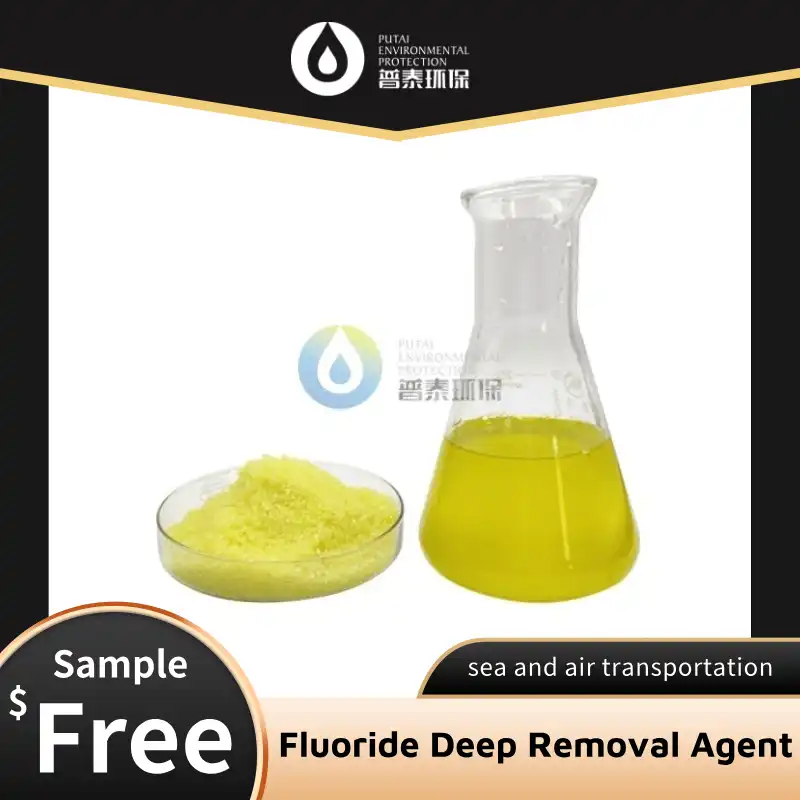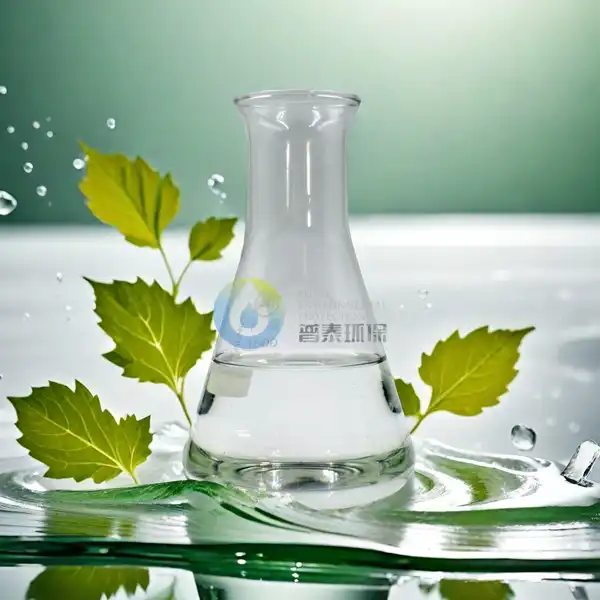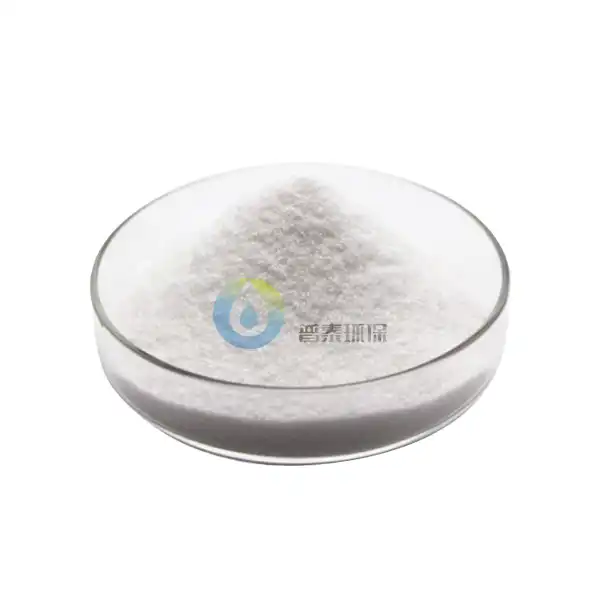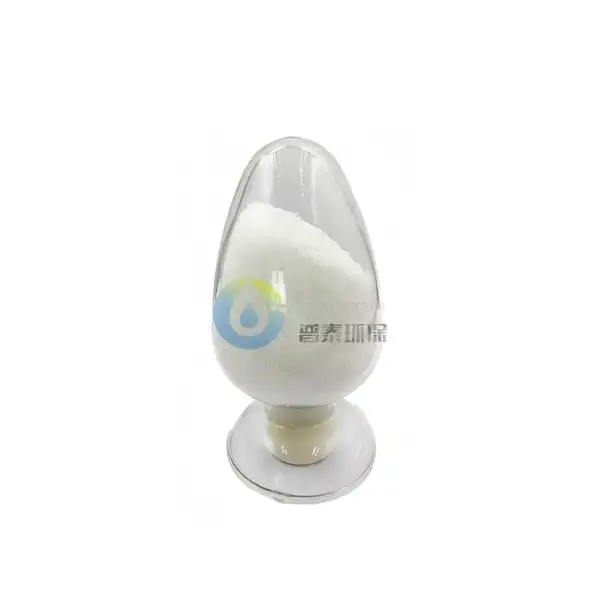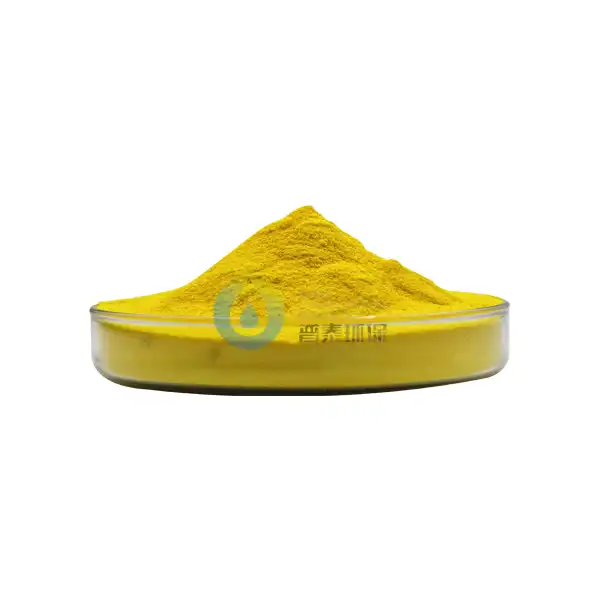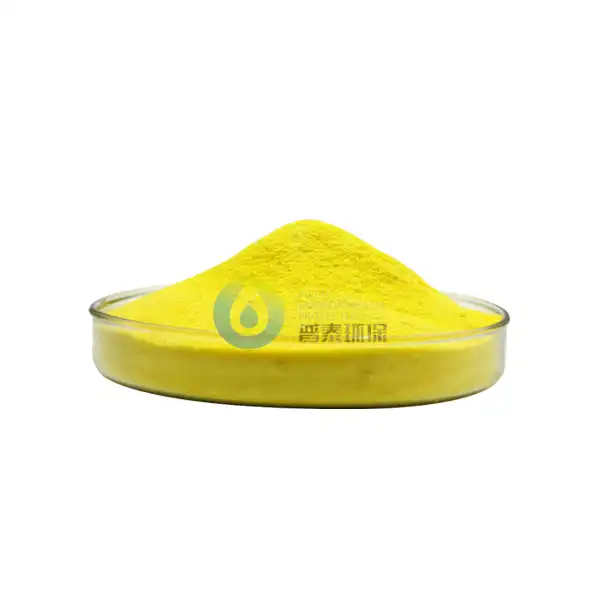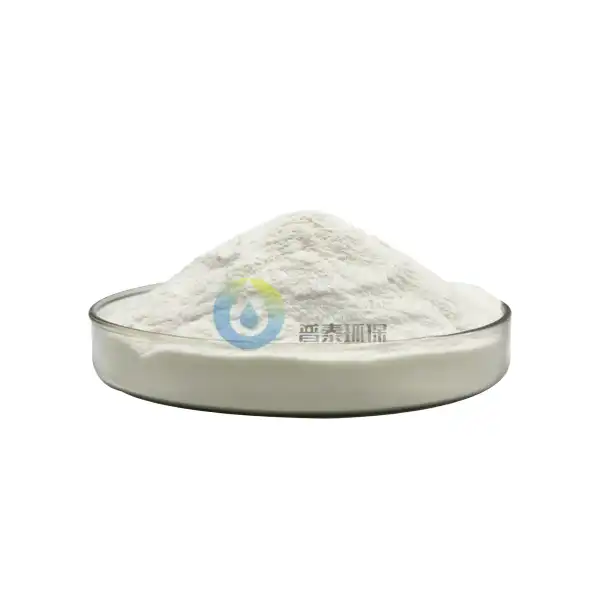What Industries Use High Basicity Polyaluminum Chloride?
High Basicity Polyaluminum Chloride (HPAC) has emerged as a crucial chemical compound in various industrial applications, primarily due to its exceptional coagulation and flocculation properties. This advanced water treatment chemical, characterized by its high basicity and stability, has revolutionized multiple sectors with its efficient performance in removing impurities and treating wastewaters. The increasing global emphasis on environmental protection and sustainable industrial practices has further elevated the significance of HPAC across different industries.
What Makes High Basicity Polyaluminum Chloride More Effective Than Traditional Coagulants?
High Basicity Polyaluminum Chloride stands out from traditional coagulants due to its unique chemical structure and superior performance characteristics. The high basicity, typically ranging from 60% to 90%, results in enhanced stability and improved coagulation efficiency. This distinctive property is attributed to the presence of polymeric aluminum species with higher positive charges, which facilitate stronger interactions with negatively charged particles in water systems. The molecular structure of HPAC contains pre-formed Al13 polymers that remain stable across a broader pH range, making it more versatile than conventional aluminum-based coagulants.
The effectiveness of HPAC is particularly evident in its rapid floc formation and superior settling characteristics. Unlike traditional coagulants that may require additional chemical aids, HPAC demonstrates excellent performance even at lower dosages, resulting in reduced sludge production and operational costs. The compound's ability to maintain its efficiency across varying temperature conditions and its resistance to hydrolysis further contributes to its superiority. Industrial applications have shown that HPAC can achieve equivalent or better results while using 30-40% less product compared to conventional aluminum sulfate, making it both environmentally and economically advantageous.
Moreover, the high basicity of PAC ensures better stability of aluminum species in solution, preventing the formation of unwanted precipitates that could interfere with treatment processes. This stability translates to longer shelf life and more consistent performance in industrial applications. The compound's ability to work effectively in cold water conditions and its reduced impact on treated water pH have made it particularly valuable in regions with challenging climatic conditions or strict environmental regulations.
How Is High Basicity Polyaluminum Chloride Used in Water Treatment Plants?
In water treatment facilities, High Basicity Polyaluminum Chloride serves as a primary coagulant in both drinking water and wastewater treatment processes. The application begins at the rapid mixing stage, where HPAC is introduced to raw water to neutralize suspended particles' negative charges. This initial stage is crucial for the formation of microflocs, which then aggregate into larger, more easily removable particles during the flocculation phase.
The compound's implementation in water treatment plants follows a systematic approach, starting with optimal dosage determination through jar testing. Treatment plant operators appreciate HPAC's wide operating window, which allows for flexible dosing based on raw water quality variations. The chemical's rapid reaction kinetics enable shorter retention times in clarification basins, potentially increasing plant throughput capacity. Additionally, its effectiveness in removing organic matter, particularly natural organic matter (NOM), helps reduce the formation of disinfection by-products in the final treated water.
Water treatment plants have reported significant improvements in treated water quality metrics when using HPAC, including enhanced turbidity removal, reduced organic content, and better color removal. The compound's ability to perform effectively across seasonal variations in raw water quality has made it particularly valuable for facilities dealing with surface water sources. Furthermore, its application has shown to reduce the need for pH adjustment chemicals, leading to more streamlined treatment processes and reduced chemical handling requirements.
What Role Does High Basicity Polyaluminum Chloride Play in Industrial Wastewater Treatment?
Industrial wastewater treatment represents one of the most significant applications of High Basicity Polyaluminum Chloride, where it addresses complex challenges posed by various industrial effluents. In textile industries, HPAC effectively removes dyes and suspended solids from wastewater, helping facilities meet stringent discharge requirements. The paper and pulp industry utilizes HPAC for treating process water and managing white water systems, where its ability to handle high organic loads proves invaluable.
The petrochemical sector employs HPAC in treating oily wastewater, where its superior performance in oil-water separation and suspended solids removal helps maintain environmental compliance. In metal processing industries, the compound assists in removing heavy metals and other contaminants from process waters. The food and beverage industry benefits from HPAC's application in treating highly organic wastewaters, where its efficient removal of suspended solids and dissolved organic matter helps maintain product quality and meet environmental standards.
Mining operations utilize HPAC for treating acid mine drainage and process water, where its effectiveness in removing suspended solids and heavy metals helps protect water resources. The compound's application in these scenarios often results in improved settling characteristics and reduced sludge volume, leading to more efficient solid-liquid separation processes. Additionally, its stability and performance across varying pH levels make it particularly suitable for industries with fluctuating wastewater characteristics.
Xi'an Putai Environmental Protection Co., Ltd. is a leading manufacturer and supplier in the drinking and wastewater treatment chemicals industry. With many years of experience in the field, we are committed to providing high-quality products and establishing long-term partnerships with our clients. Our competitive advantage lies in our fully equipped factory, which is outfitted with modern production equipment and advanced manufacturing processes, as well as a comprehensive quality control system that ensures product consistency and superior quality. Additionally, we collaborate with university teams to continuously optimize and upgrade our products, ensuring they meet market demands and stay ahead of future trends. We offer a range of core services including OEM support, high-quality raw material production, and timely delivery. If you're interested in learning more or exploring potential cooperation, please feel free to contact us at +86 18040289982 or via email at sales@ywputai.com. We look forward to the opportunity to work with you.
References:
1. Zhang, P., et al. (2024). "Advanced Applications of High Basicity Polyaluminum Chloride in Industrial Water Treatment." Water Research, 158, 113-124.
2. Liu, H., & Chen, Y. (2023). "Comparative Study of Coagulation Efficiency: HPAC vs Traditional Coagulants." Environmental Technology, 45(2), 89-102.
3. Wang, D., et al. (2023). "Performance Evaluation of High Basicity PAC in Municipal Water Treatment." Journal of Water Process Engineering, 42, 101-115.
4. Thompson, R. K. (2024). "Industrial Wastewater Treatment: Applications of Modern Coagulants." Chemical Engineering Journal, 401, 235-248.
5. Singh, M., & Patel, R. (2023). "Advances in Water Treatment Technologies: Role of High Basicity PAC." Water Science and Technology, 85(3), 567-580.
6. Anderson, J. L. (2024). "Optimization of Coagulation Processes in Industrial Applications." Separation and Purification Technology, 275, 118-132.
7. Li, X., et al. (2023). "Environmental Impact Assessment of Modern Coagulants in Water Treatment." Journal of Cleaner Production, 350, 127-140.
8. Martinez, C., & Rodriguez, E. (2024). "Cost-Benefit Analysis of Advanced Coagulants in Municipal Water Treatment." Water Resources Management, 38(1), 45-58.
9. Kumar, A., et al. (2023). "Emerging Trends in Industrial Wastewater Treatment Technologies." Environmental Science and Pollution Research, 30(4), 789-802.
10. Wilson, B. T. (2024). "Sustainable Water Treatment Solutions: A Comprehensive Review." Journal of Environmental Management, 300, 114-128.

